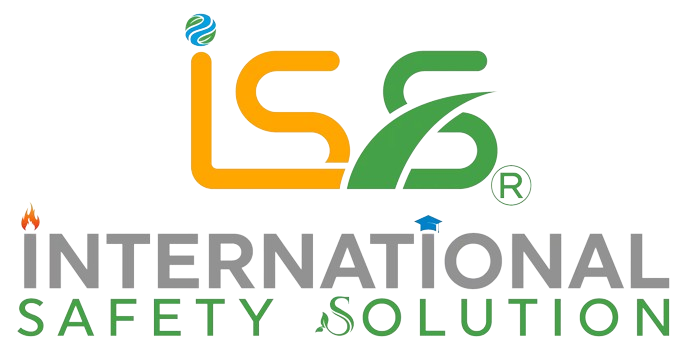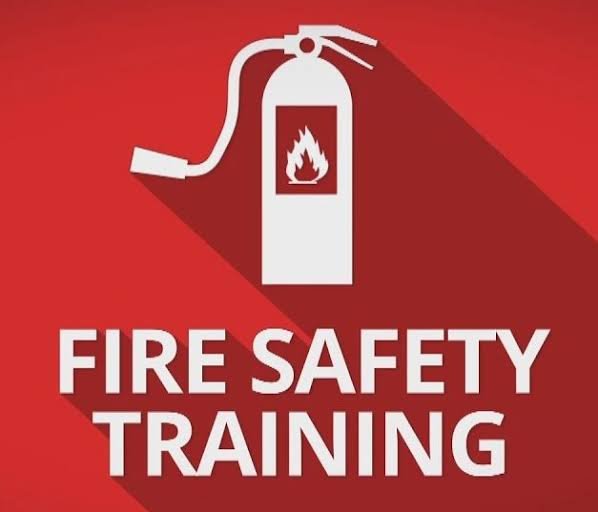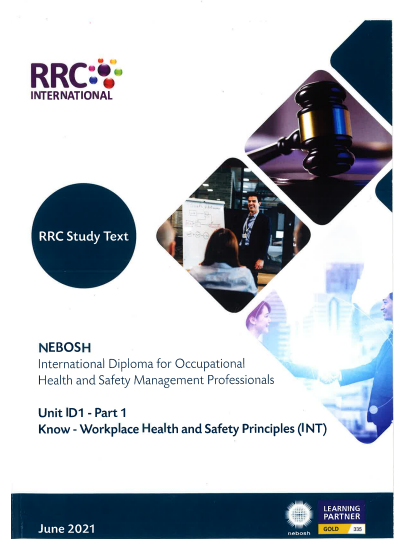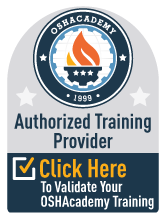Introduction
In workplaces where chemicals, dust, debris, or biological hazards are present, accidents can happen suddenly. One of the most vulnerable parts of the human body is the eye. Even a small splash of acid, a few drops of irritant chemicals, or flying particles can cause severe injuries, permanent vision loss, or even blindness. That’s why Emergency Eye Wash Stations are considered an essential part of occupational safety and health management systems.
This blog explains the importance of emergency eye wash, types, placement guidelines, international safety standards, and why every workplace must ensure its proper availability, maintenance, and training.
1. What is an Emergency Eye Wash Station
An emergency eye wash station is a specialized safety device designed to flush the eyes with clean water or saline solution immediately after exposure to hazardous substances.
- It helps in diluting and removing contaminants from the eyes.
- Provides first aid relief before professional medical help arrives.
- Reduces the risk of permanent damage by allowing immediate response within the critical first few seconds of exposure.
2. Why is it Important?
The human eye can be permanently damaged in less than 10–15 seconds after contact with corrosive chemicals. OSHA, ANSI, and other regulatory bodies strongly emphasize eye wash facilities as part of workplace safety compliance.
- Protects employees from serious injuries.
- Ensures compliance with Occupational Safety and Health Administration (OSHA) and ANSI Z358.1 standards.
- Builds a culture of safety and preparedness.

3. Common Workplace Hazards That Require Eye Wash Stations
Emergency eye wash stations are mandatory in industries where employees face the risk of:
- Chemical splashes (acids, alkalis, solvents).
- Dust, debris, or flying particles (construction, manufacturing).
- Biological hazards (labs, hospitals, research centers).
- Thermal injuries (hot liquids, steam).
- Radiation exposure (UV rays, welding, laser work).
4. Types of Emergency Eye Wash Stations
a) Plumbed Eye Wash Stations
- Permanently connected to a continuous water supply.
- Provide a steady flow of clean water.
- Best for fixed industrial facilities.

b) Portable (Self-Contained) Eye Wash Stations
- Contain pre-filled tanks of sterile water or saline solution.
- Useful for temporary worksites or areas without plumbing.
c) Combination Units
- Combine eye wash + safety shower in one unit.
- Used in high-risk workplaces where full-body exposure may occur.
d) Personal Eye Wash Bottles
- Small, handheld bottles filled with sterile solution.
- Used as an immediate first response until reaching the main station.
5. Placement and Accessibility Guidelines
Placement is crucial for effectiveness. According to ANSI Z358.1 standards:
- Eye wash stations must be accessible within 10 seconds (approx. 55 feet) of hazard zones.
- Pathways must be unobstructed and clearly marked with safety signs.
- Water temperature should be tepid (16–38°C) to avoid shock or damage.
- Stations must be well-lit, highly visible, and tested weekly.

6. Proper Use of Emergency Eye Wash Stations
When an accident occurs, the injured worker should:
- Reach the station immediately within 10 seconds.
- Push the activation handle to start water flow.
- Hold eyelids open with fingers.
- Roll eyes in all directions to ensure contaminants are removed.
- Flush continuously for at least 15 minutes.
- Remove contact lenses while flushing.
- Seek immediate medical attention after flushing.
7. Training and Awareness
Simply installing eye wash stations is not enough. Workers must be trained in:
- How and when to use eye wash.
- Emergency procedures and reporting.
- Importance of PPE (Personal Protective Equipment) such as goggles and face shields.
- Conducting regular safety drills for emergency preparedness.
8. Maintenance Requirements
To ensure reliability, eye wash stations must be:
- Tested weekly for flow rate and water clarity.
- Inspected regularly for leaks, clogs, or contamination.
- Cleaned and sanitized to prevent bacterial growth.
- Maintained with replacement parts and fresh solution (for portable units).
9. International Standards and Compliance
Several regulatory bodies set requirements for eye wash stations:
- ANSI Z358.1 (USA) – Defines design, placement, and performance standards.
- OSHA 29 CFR 1910.151(c) – Requires suitable first aid facilities where hazardous materials are handled.
- European Standards (EN 15154) – Provides guidelines for plumbed and portable eye wash units.
10. Benefits for Businesses
- Ensures legal compliance and avoids heavy fines.
- Reduces medical costs by preventing severe injuries.
- Boosts employee morale and trust in workplace safety culture.
- Minimizes downtime by enabling quick recovery from minor accidents.
Conclusion
An Emergency Eye Wash Station is not just equipment it’s a lifesaving tool that represents an organization’s commitment to workplace safety. By ensuring proper installation, regular maintenance, and employee training, businesses can effectively reduce the risk of permanent eye injuries and build a strong safety culture.
Every second counts in an emergency. A properly functioning eye wash station can be the difference between full recovery and lifelong disability.





